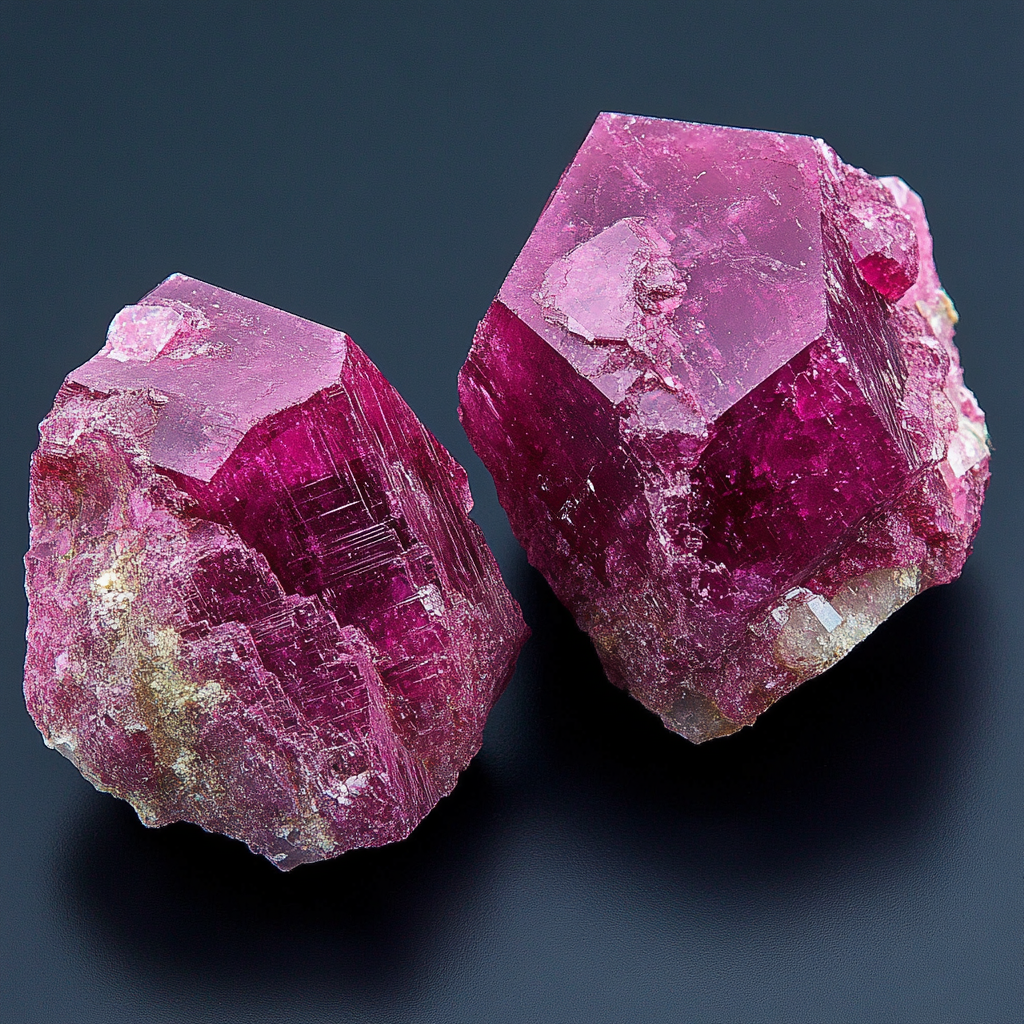Uses of Corundum
Corundum, one of the hardest natural minerals, has a wide range of uses in both gemological and industrial fields. In gemology, transparent and vividly colored corundum varieties are highly valued as gemstones—red corundum is known as ruby, while all other colors are classified as sapphire. These are widely used in fine jewelry due to their brilliance and durability.
In industrial applications, corundum’s exceptional hardness makes it ideal for abrasive materials such as grinding wheels, sandpapers, and cutting tools. It is also used in watch crystals, scratch-resistant windows, and even components for electronics and lasers. The versatility and toughness of corundum make it valuable across many industries, from luxury design to high-tech manufacturing.

Corundum has a litany of industrial uses, from abrasives to screens to parts in satellites. It also has commercial purposes in jewelry, though what role corundum is used for depends on its quality.



Highly included corundum is typically used as an abrasive in products like sandpaper, nail files, belt sanders, etc. Since other materials with similar hardness can be cheaply synthesized, corundum is not always used. R12012 | right | medium | “Stone ID: R12012”
For high-end machinery, like telescopes, space-shuttle windows, and more, synthetic corundum is a very popular choice. The key factor here is that the corundum is synthetic, or a man-made variety. It is very difficult and rare to find high-clarity natural corundum, much less being perfectly clear and good enough for laboratory purposes.
Primary Use of Natural Corundum
The most widespread use of natural corundum is in jewelry as rubies and sapphires. Red corundum is a ruby, though corundum of any other color is called a sapphire.
Below are the examples of sapphire colors. Note that every other color except blue is considered a “fancy” color.
Blue Sapphire
B6271 | medium
Fancy Purple Sapphire
U10834 | medium
Fancy Orange Sapphire
U11615 | medium
Fancy Yellow Sapphire
U11558 | medium
